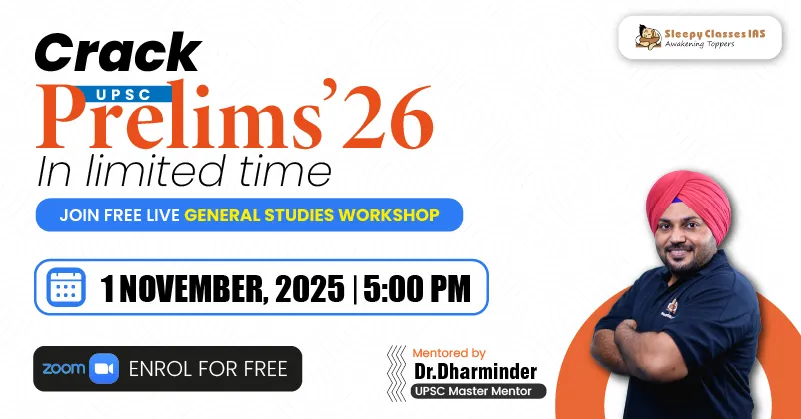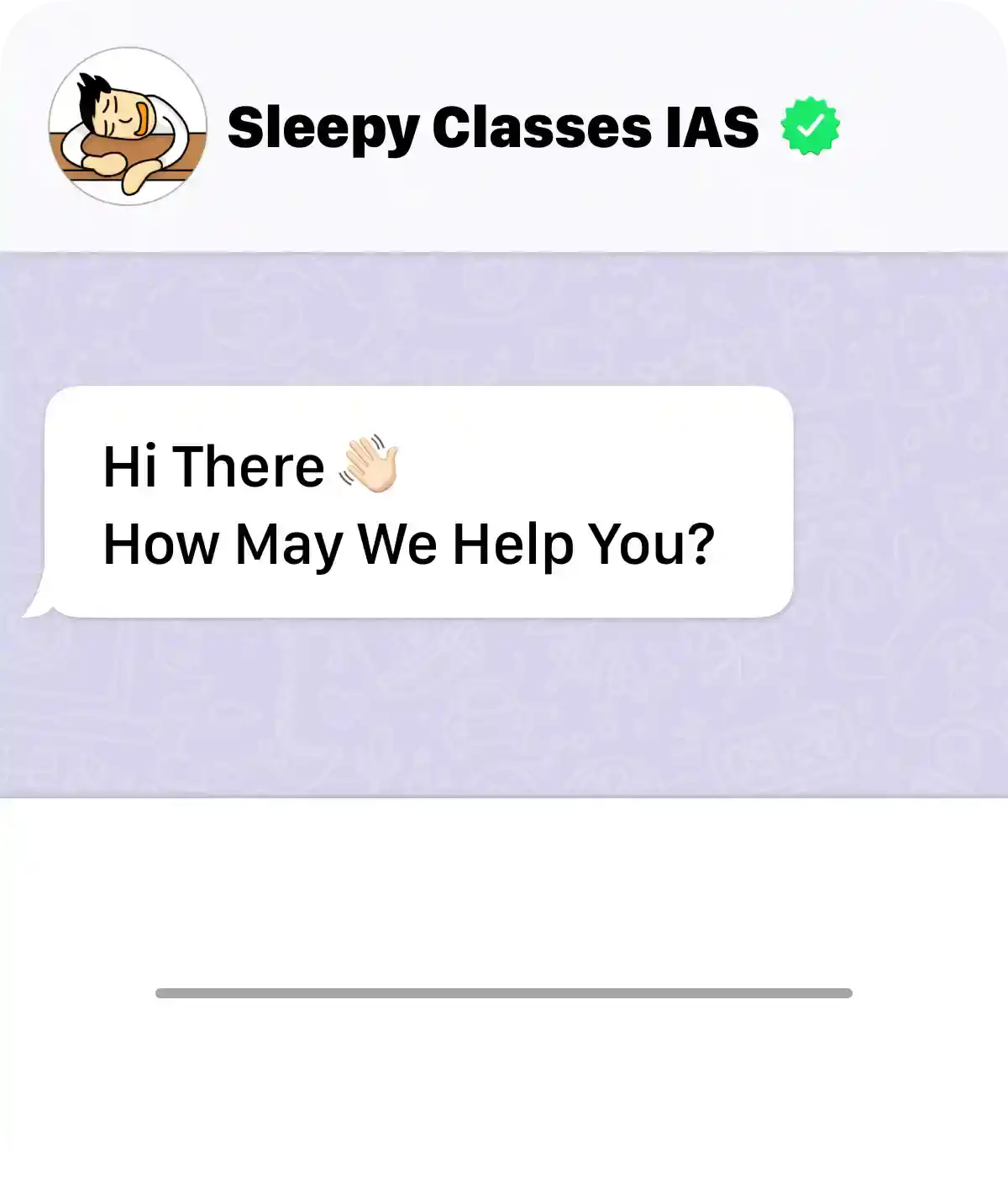Charlotte Sugar Creek Library Project: Building Inclusive Community Spaces
The Charlotte Sugar Creek Library Project is much more than a construction initiative—it is a bold statement about the kind of inclusive future we envision for our communities. Located in the heart of Charlotte, North Carolina, this ambitious project aims to redefine public spaces by prioritizing accessibility, cultural relevance, and community empowerment. In a rapidly evolving urban landscape, the Charlotte Sugar Creek initiative highlights how libraries can evolve from silent study halls into dynamic, inclusive civic hubs.
From fostering educational equity to serving as safe havens for underrepresented groups, modern libraries like the one planned in Charlotte Sugar Creek are emerging as critical components of urban development. As cities across the globe grapple with questions of inclusion, accessibility, and shared identity, Charlotte’s library project sets a powerful precedent.
The Vision Behind the Charlotte Sugar Creek Library Project
The new branch library is envisioned as an architectural and social landmark. Planned by the Charlotte Mecklenburg Library system, the project focuses on creating a community-centered, technologically equipped, and culturally sensitive space. According to project details from the Charlotte Mecklenburg Library website, the library will feature:
- A vibrant, multi-use community space
- Classrooms for adult education and workforce development
- Multilingual resources and cultural archives
- State-of-the-art digital infrastructure
- Green building design for environmental sustainability
The location in the Charlotte Sugar Creek area is intentional. This neighborhood has a diverse demographic, including many low-income families, immigrants, and elderly residents. A public library tailored to their needs becomes a tool of empowerment rather than a mere resource center.
Libraries as Engines of Inclusion
Libraries have long been considered bastions of knowledge, but their role in community building is just as crucial. In areas like Charlotte Sugar Creek, libraries serve as:
- Bridges to digital literacy
- Safe zones for marginalized groups
- Meeting points for community dialogue
- Providers of critical services like legal aid, health workshops, and job training
As emphasized in Sleepy Classes modules on urban development and civic governance, investing in such infrastructure ensures long-term social cohesion and reduces inequalities.
Architectural Accessibility: Design That Includes
What makes the Charlotte Sugar Creek Library particularly notable is its emphasis on universal design. Rather than accommodating individuals with disabilities as an afterthought, accessibility is central to its blueprint. Features include:
- Automatic doors and ramps
- Braille signage and tactile flooring
- Hearing loop systems for the hearing impaired
- Quiet zones and sensory-friendly spaces for neurodivergent individuals
This forward-thinking design aligns with ADA guidelines and serves as a model for inclusive urban architecture.
Education, Empowerment, and Equity
The Charlotte Sugar Creek Library will offer more than books. With its planned educational programs, the space aims to:
- Offer ESL and GED prep classes
- Provide coding bootcamps and tech literacy workshops
- Partner with local schools and NGOs for after-school programs
- Run financial literacy sessions for adults
By targeting systemic gaps in education and technology access, the library supports upward mobility and social resilience. Learners across age groups will have access to tools that bridge the digital divide.
For students, policy analysts, and urban planners, Sleepy Classes has curated courses and modules that explore the broader implications of such initiatives.
Cultural Anchoring and Community Storytelling
Another standout feature of the Charlotte Sugar Creek Library Project is its commitment to preserving and promoting cultural diversity. The library is expected to host:
- Oral history archives from local residents
- Multilingual storytelling sessions
- Exhibits from local artists and artisans
- Cultural festivals celebrating the area’s heritage
These elements ensure that the library doesn’t just serve the community—it reflects and celebrates it. Culture becomes a living, breathing part of everyday civic life.
Public Participation and Co-Design
One of the unique facets of the Charlotte Sugar Creek initiative is its participatory approach. The community has been actively involved in:
- Design charrettes with architects and city planners
- Focus groups and surveys for service prioritization
- Youth advisory panels for digital content and programming
This co-design model aligns with global best practices in urban planning, as seen in initiatives supported by UN-Habitat and Smart Cities World.
Sustainability and Green Building Standards
With climate consciousness on the rise, the Charlotte Sugar Creek Library is being constructed with LEED certification goals in mind. The building will feature:
- Solar panels and energy-efficient HVAC systems
- Rainwater harvesting and native landscaping
- Natural lighting and green roofs
This eco-conscious approach positions the library as a model for future-ready infrastructure.
Challenges and Community Advocacy
Despite its promise, the Charlotte Sugar Creek project has faced challenges:
- Funding limitations and delays due to inflation
- Navigating city council approvals and zoning laws
- Ensuring safety in a high-traffic area
Local advocates and stakeholders have stepped up to keep the project on track. Online petitions, community fundraising, and lobbying efforts have helped overcome bureaucratic inertia.
Resources from platforms like Sleepy Classes shed light on civic activism and public infrastructure development, offering useful insights for those following similar projects.
Final Thoughts
The Charlotte Sugar Creek Library Project is more than a blueprint on paper—it is a vision for inclusive, equitable, and empowered public life. As cities across the globe rethink the function of civic spaces, this project offers a blueprint rooted in dignity, diversity, and dialogue.
Whether you’re a policymaker, educator, urban planner, or community advocate, the Charlotte Sugar Creek initiative serves as an inspiring case study in how built environments can nurture thriving communities.
For further exploration on urban inclusion and participatory design, Sleepy Classes offers a rich array of resources to get you started.





